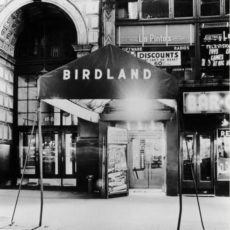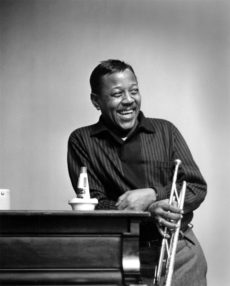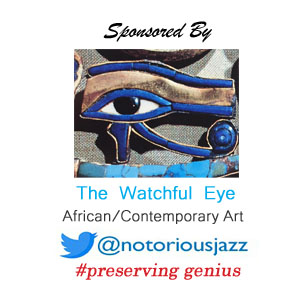
Requisites
Harold in the Land of Jazz was the debut album by saxophonist Harold Land recorded and released in 1958 on the Contemporary label. It was also released as Grooveyard. The cover design was created by Guidi/Tri-Arts and the photography was performed by Walter Zerlinden.
On this album, his first outing as a leader, Land was able to show with his distinctive style that hard bop was well and alive in Los Angeles, California in the late ’50s.
The compositions presented on this album are Speak Low, Delirium, You Don’t Know What Love Is, Nieta, Grooveyard, Lydia’s Lament, and Smack Up. He borrowed songs composed Kurt Weill and Ogden Nash, Gene De Paul And Don Raye, Elmo Hope, and Carl Perkins. Land contributed Delirium, Lydia’s Lament and Smack Upto this recording.
The tenor saxophonist is joined by Rolf Ericson playing trumpet, Carl Perkins at the piano, Leroy Vinnegar on bass and Frank Butler hitting the drums.
More Posts: choice,classic,collectible,collector,history,instrumental,jazz,music,saxophone

The Jazz Voyager
Manhattan is calling the Jazz Voyager once again to its theater district wherein lies the famed jazz nightclub Birdland. This venerable jazz club opened on December 15, 1949 and though the original location, which was located at 1678 Broadway, just north of West 52nd Street closed in 1965 due to increased rents, it re-opened for one night in 1979. Then in 1986 a revival began with the opening of the second nightclub by the same name that is now located not far from the original nightclub’s location. The current site at 315 West 44th Street 10036 is in the same building as the previous New York Observer headquarters.
Too young to have gained admittance to the original club before it closed, this Jazz Voyager will enjoy revisiting the club, not patronized since the Nineties, to hear one of the genres emerging vocalists Veronica Swift and of course for the late show at 10:30. The price of admission is $40 and if memory serves me, make a reservation at 212-581-3080. #wannabewhereyouare
More Posts: adventure,club,genius,jazz,museum,music,preserving,restaurant,travel,voyager

Three Wishes
When the question of three wishes was directed to Roy Eldgridge he replied:
- “To finish my course as a radio and television technician, so as to not have to blow that horn anymore.”
- “Enough money to buy my own club.”
- “Hold the war off for ten years – that’s long enough, I’ll be sixty then – so I can collect some money!”
*Excerpt from Three Wishes: An Intimate Look at Jazz Greats – Complied and Photographed by Pannonica de Koenigswarter
More Posts: baroness,history,instrumental,jazz,musician,pannonica,three,trumpet,wishes

Requisites
King Pleasure Sings, Annie Ross Sings is an album released in 1952, the same year Ross met Prestige Records owner Bob Weinstock, who asked her to write lyrics to a jazz solo, in a similar way to King Pleasure, a practice that would later be known as vocalese. The next day, she presented him with Twisted, a treatment of saxophonist Wardell Gray’s 1949 composition of the same name, a classic example of the genre. The song, first released on the 1952 album King Pleasure Sings/Annie Ross Sings, was an underground hit, and resulted in her winning DownBeat magazine’s New Star award.
The cover art design is by Marc Rice, the photographs were taken by Esmond Edwards and the liner notes were written by Ira Gitler. Of the twelve tunes that comprise the album, eight of them are King Pleasure’s, taking all of side A and two tracks on side B. the remaining four tracks belong to Annie Ross.
The track list is as follows for King Pleasure Sings: Red Top, Jumpin’ With Symphony Sid, Sometimes I’m Happy, This Is Always, What Can I Say Dear, Don’t Get Scared, Parker’s Mood and I’m Gone.
Annie Ross Sings four tracks are: Twisted, Farmer’s Market, The Time Was Right and Annie’s Lament.
More Posts: choice,classic,collectible,collector,history,instrumental,jazz,music,vocal




